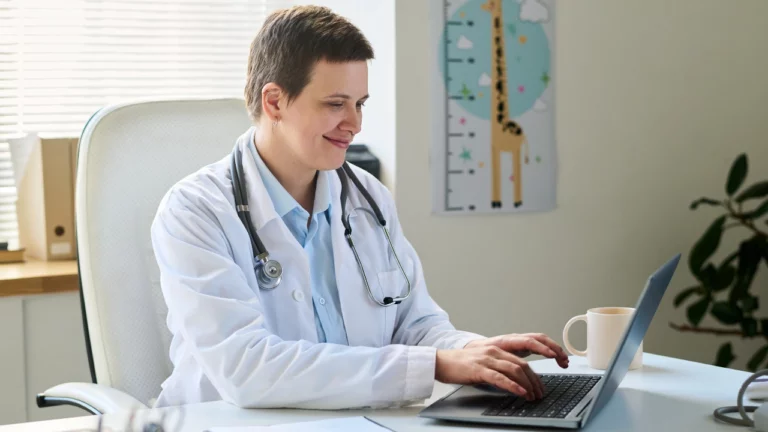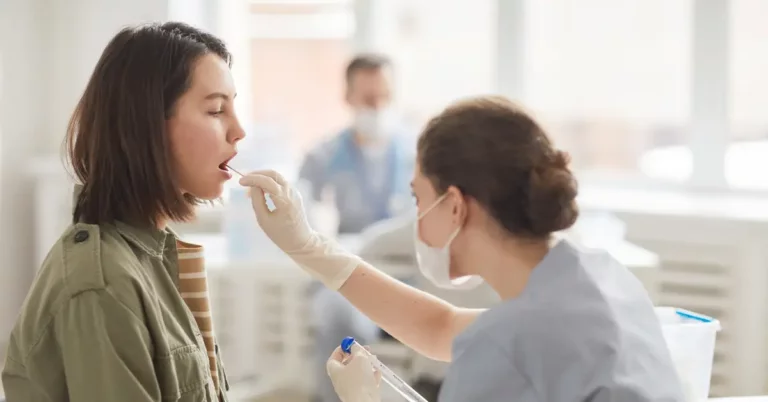Sleep apnea and hypertension are two common health conditions that can have serious consequences if left untreated. Sleep apnea is a disorder that causes disruptions in breathing during sleep, while hypertension, also known as high blood pressure, is a condition in which the blood flows through the arteries at a higher pressure than normal. Both conditions can lead to serious health problems such as heart disease, stroke, and diabetes if not properly managed. It is important to learn about the relationship between sleep apnea and hypertension, as they are both cardiovascular diseases and can lead to heart failure.
The purpose of this article is to provide tips for managing both sleep apnea and hypertension. We will discuss the causes, symptoms, and risks associated with these conditions, as well as the diagnostic and treatment options available. Remote patient monitoring (RPM) can play a significant role in managing these conditions by monitoring and tracking vital signs, symptoms, and treatment progress remotely. RPM can help healthcare providers (HCP) adjust treatment plans and prevent complications.
Understanding Sleep Apnea and Hypertension
Sleep Apnea
Sleep apnea is a disorder that causes disruptions in breathing during sleep. There are three types of sleep apnea: Obstructive Sleep Apnea (OSA), Central Sleep Apnea (CSA), and Complex Sleep Apnea Syndrome (CompSAS). These types of sleep apnea are defined below.
- Obstructive Sleep Apnea (OSA). Patients with OSA experience disruptions in breathing, which is a common sleep disorder. These disruptions occur when there is a blockage in the airway, usually due to the relaxation of the muscles in the upper airway during sleep. These disruptions lead to a decrease in oxygen levels and an increase in carbon dioxide levels, which can have negative effects on overall health and well-being. The effects of OSA can include loud snoring, choking, or gasping during sleep – all of which can lead to sleep deprivation – and excessive daytime drowsiness. OSA is also a risk factor for high blood pressure.
- Central Sleep Apnea (CSA). CSA is caused by a failure of the brain to properly control breathing, which leads to disruptions in breathing and can have similar effects as OSA, including sleep deprivation and high blood pressure.
- Complex Sleep Apnea Syndrome (CompSAS). CompSAS is a combination of both OSA and CSA. It is characterized by a combination of both airway obstruction and failure of the brain to control breathing. The combination can lead to increased severity of sleep apnea symptoms and an increased risk of high blood pressure and other health complications.
Symptoms of sleep apnea include loud snoring, choking or gasping during sleep, and excessive daytime drowsiness. These symptoms can lead to poor sleep quality, which can affect overall health and well-being. The risks associated with sleep apnea include high blood pressure, heart disease, stroke, and diabetes.
Hypertension
Hypertension is a condition in which the blood flows through the arteries at a higher pressure than normal. The causes of high blood pressure are not always clear, but it is often influenced by lifestyle factors such as diet, lack of physical activity, and stress. Outward symptoms of hypertension are often not present, which is why it is often referred to as the “silent killer.” The risks associated with high blood pressure include heart disease, stroke, kidney failure, and vision loss.
Moreover, sleep apnea and pulmonary hypertension are related conditions that can lead to the development of hypertension. Pulmonary hypertension is a condition in which the blood pressure in the lungs’ blood vessels is elevated.
Diagnosis and Treatment of Sleep Apnea and Hypertension
Sleep apnea and hypertension are two conditions that can significantly impact a person’s health and quality of life. Both conditions are typically diagnosed through a combination of medical history, physical examination, and diagnostic tests such as a sleep study or a blood pressure test.
Treatment for sleep apnea typically includes making lifestyle changes such as weight loss, abstaining from alcohol and sedatives, and adopting a sleeping position on one’s side. Medical treatment options include continuous positive airway pressure (CPAP) therapy, which is a common treatment for sleep apnea. CPAP therapy involves the use of a machine that delivers air pressure through a mask to help keep the airway open during sleep. This can have a positive effect on sleep apnea symptoms.
Hypertension can lead to other health problems if left untreated. Lifestyle changes such as eating a healthy diet, getting regular physical activity, and quitting smoking can help manage high blood pressure. Medications for high blood pressure include diuretics, beta blockers, ACE inhibitors, and calcium channel blockers.
It is essential for HCPs to emphasize the importance of sticking to the treatment plan recommended for their patients with sleep apnea and hypertension, and to schedule regular follow-up appointments to monitor the effectiveness of treatment and make any necessary adjustments. Encouraging patients to join a support group for these conditions can also provide them with additional support and information on managing these conditions. Regular monitoring of blood pressure levels and quality of sleep is crucial for maintaining good health and HCPs should advise their patients accordingly.
The Role of Remote Patient Monitoring in Managing Sleep Apnea and Hypertension
DrKumo is a provider of RPM technology solutions that are designed specifically for HCPs. DrKumo’s technology solutions are aimed at helping HCPs remotely monitor and manage patients with chronic conditions such as sleep apnea and hypertension.
DrKumo’s RPM technology includes a variety of remote monitoring devices that can be used by patients to collect data on their physiological parameters such as vital signs, sleep patterns, and medication adherence. This data is then securely transmitted to the HCP, where it can be analyzed using DrKumo’s analytics tools.
One of the key advantages of DrKumo’s RPM solutions is that it allows HCPs to closely monitor patients with chronic conditions in real-time, which can lead to more informed treatment decisions, adjustments to treatment plans as needed, and the identification of potential complications early on.
Another advantage of DrKumo’s solutions is that they can help to reduce healthcare costs. By allowing HCPs to monitor patients remotely, it reduces the requirement for in-person visits and hospitalizations. Additionally, DrKumo’s solutions can help to identify complications early on, preventing the need for more expensive treatments down the line.
In summary, DrKumo is a provider of RPM technology solutions that are designed specifically for healthcare providers and aims at helping HCPs remotely monitor and manage patients with chronic conditions such as sleep apnea and hypertension to improve patient outcomes, reduce costs for the patient and the HCP, and make more informed treatment decisions.
Conclusion
In conclusion, sleep apnea and high blood pressure are prevalent health conditions that can have severe consequences if not treated adequately. Healthcare providers can play a vital role in helping their patients understand the causes, symptoms, and risks associated with these conditions, and by providing guidance on the management of sleep apnea and hypertension. It is crucial for healthcare providers to discuss treatment plans with their patients and to emphasize the importance of sticking to these plans, regular follow-ups, and monitoring to effectively manage these conditions and prevent complications. Additionally, healthcare providers should educate their patients about the importance of regular monitoring of their blood pressure levels and quality of sleep for maintaining good health.
As a healthcare provider, it is important to proactively prevent and treat sleep apnea and hypertension to enhance your patients’ health and overall well-being. Contact DrKumo today to learn about their cutting-edge RPM technology and services that can help you effectively manage your patients’ conditions and prevent complications.








